|
|
Post by Infinity Blade on Jul 8, 2016 1:32:22 GMT 5
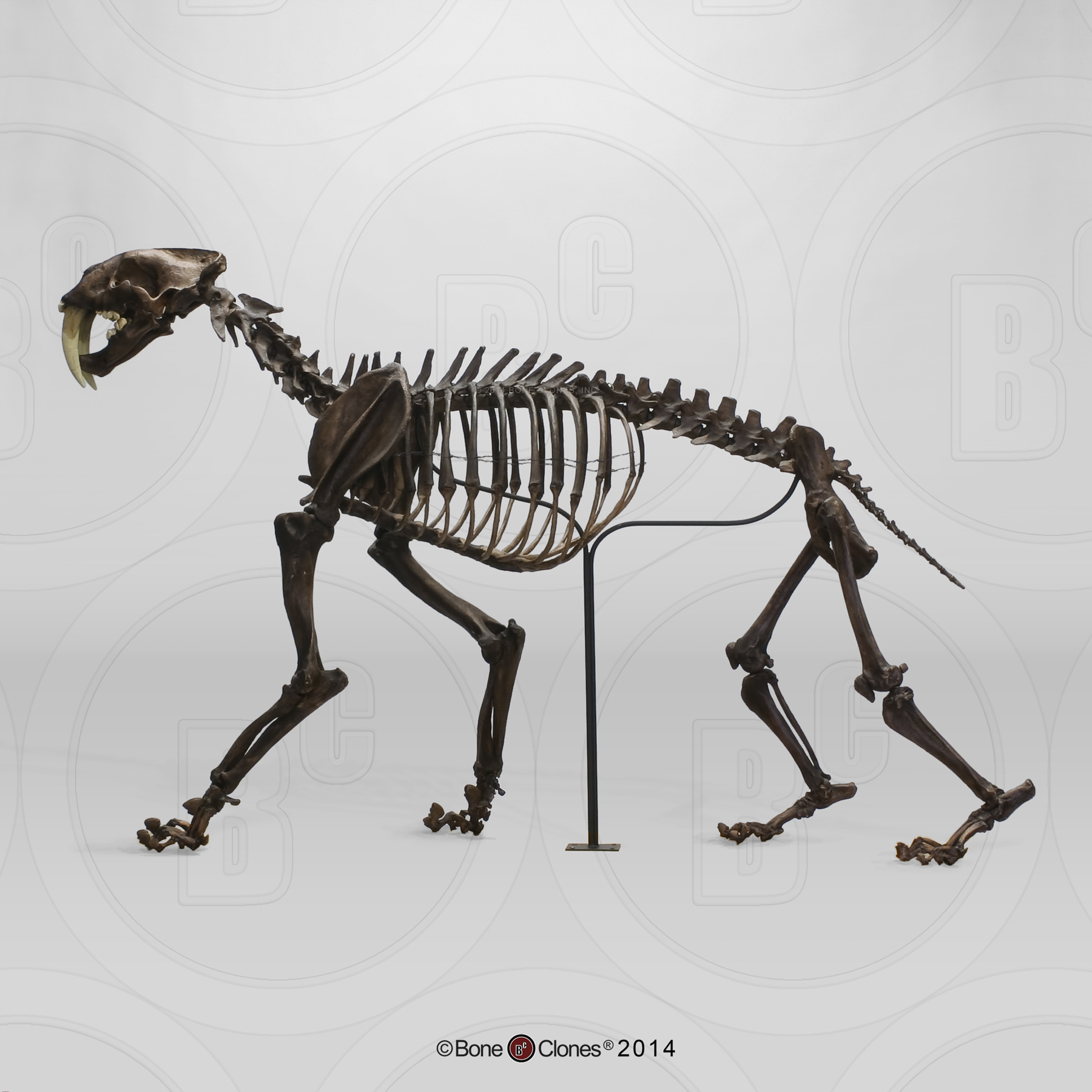 This is the skeleton of an unusual fossil mammal I discovered. Its bulky build and short, stocky limbs suggest that this was a slow-moving, ambulatory beast. The curved toes were likely used for gaining a better grip onto the ground while moving. The terminal phalanges of each of the four feet were bulky, oddly-shaped pieces of bone. 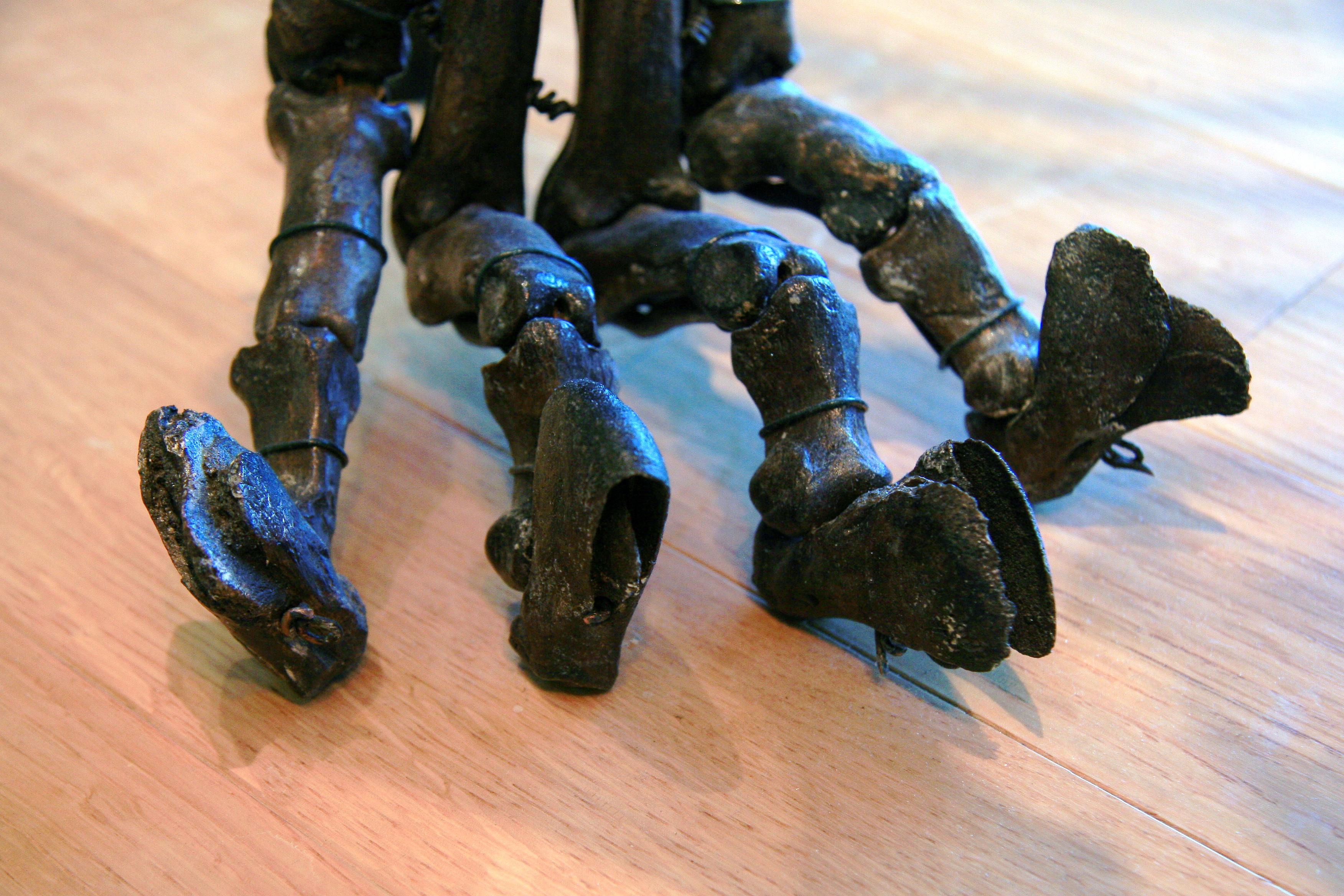 These were excellent for weight bearing. However, the insides of the bones were empty bar a small triangular piece of bone sticking out of them. Maybe the emptiness reduced the weight of the bones, allowing for slightly more efficient locomotion. The big teeth could have been used to rip open carcasses. However, slow speed, weak jaws, and impractical-for-killing teeth would have restricted this creature to scavenging. |
|
|
|
Post by theropod on Jul 8, 2016 14:55:09 GMT 5
^Don’t you think it’s more likely to have lived in a similar manner to sloths, as a tree-dwelling predator using its long teeth to spear birds and the like? Perhaps it was more of an ambush-predator than the agile sloths, due to its size, but might those toes have been used for climbing?
|
|
|
|
Post by Infinity Blade on Jul 8, 2016 17:35:08 GMT 5
Without sharp, curved claws useful for climbing? Certainly not.
|
|
Deathadder
Junior Member
  aspiring paleontologist. theropod enthusiast.
aspiring paleontologist. theropod enthusiast.
Posts: 240 
|
Post by Deathadder on Jul 9, 2016 1:13:20 GMT 5
^I just don't see it being a full carnivore, most likely an omnivore. It might have used it's strange claws to dig in the ground and use those large teeth to uproot plants and roots in the ground and quite possibly even use them to drill holes in fallen logs to eat grubs.
|
|
|
|
Post by creature386 on Jul 9, 2016 1:44:02 GMT 5
These claws are clearly useless, they're vestiges at best.
|
|
|
|
Post by jhg on Jul 15, 2016 22:26:22 GMT 5
Ahem: 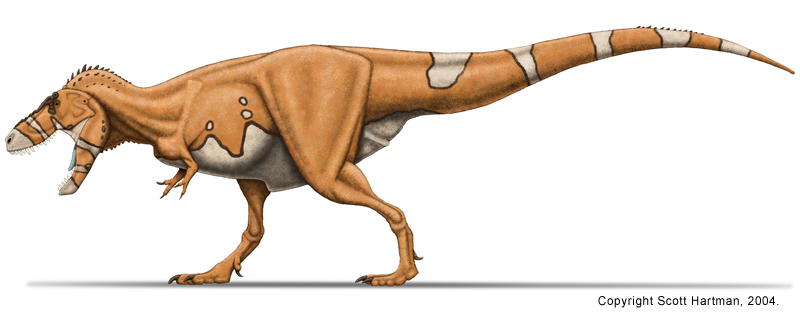 In comes Neotyrannus gigas; the evolved form of Tyrannosaurus rex! Solid, solid 8 metres tall, 25 metres and 19 tonnes. Its teeth are anomalous for a tyrannosaur, being sharp, blade-like and covered in thick enamel like that of the Ginsu shark. Being proportionately lighter than T. rex despite being larger, it can probably run 70 kph. |
|
|
|
Post by Infinity Blade on Aug 24, 2016 8:47:30 GMT 5
I came across the fossil of what appears to have been a fearsome predator.  Towards the back of the skull, it looks as if the animal had ample room for jaw muscles, giving it a powerful bite. The teeth are thin and very sharp at the tip, so maybe the powerful bite wasn't for crushing bone. But the very sharp teeth that pointed strongly backwards would have caused immense mechanical damage of flesh with the great jaw power this predator had. The sharp, backward pointed teeth suggest that this animal pulled back with its jaws and ripped off a huge chunk of flesh. Even more compelling was this creature's apparent ability to expand its lower jaw laterally by having the two sides of the lower jaw as effectively separate elements; this could mean that the animal could bite off even bigger chunks of flesh than would be possible without such an ability. |
|
|
|
Post by Infinity Blade on Oct 6, 2017 8:03:38 GMT 5
Let's revive this thread, 'cause, why not? My team and I have analyzed two carnivorous mammal species from northern latitudes. The first one is a terrestrial animal whose skeleton looked like this. 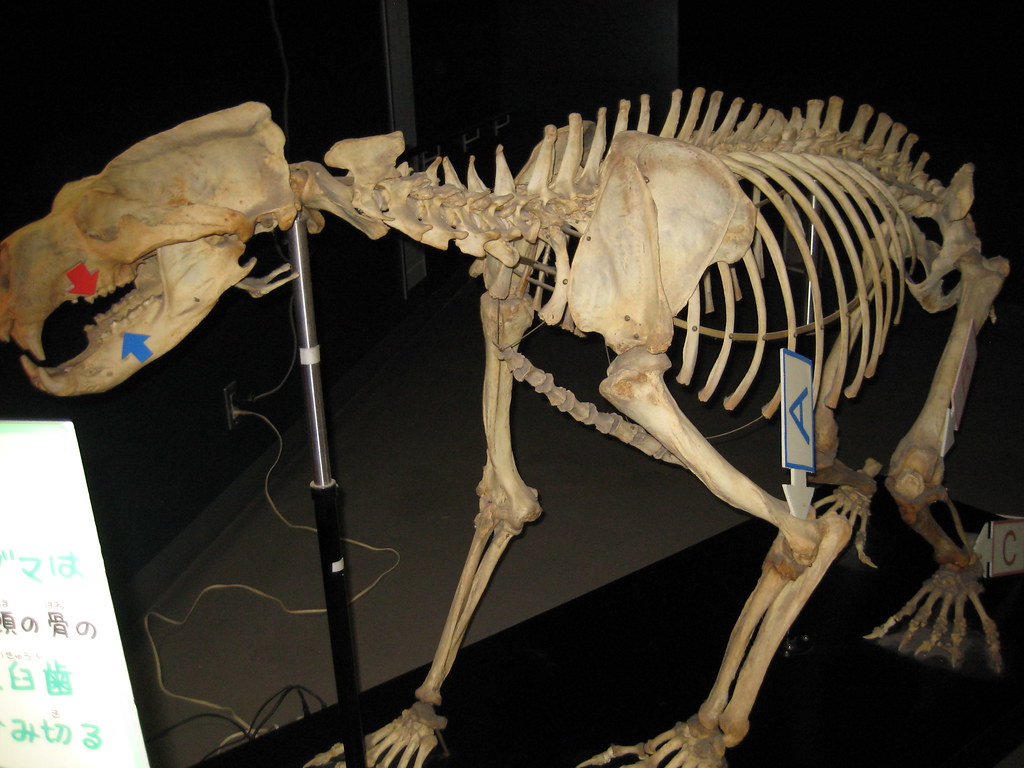 For a mammalian carnivore, it was very large, and was thought to be a fearsome predator that used its great size to its advantage when slaughtering any animal in its ecosystem as prey. But because of its large mass and not-so-cursorial limb proportions, it was clearly not exceptionally fast, and therefore was too slow to hunt prey. It must have been a scavenger. Further supporting the scavenging theory is an analysis of its skull.  The skull is relatively shallow in the dorsoventral plane, and therefore cannot take as much stress during biting as the deeper, more robust skull of a relative found further down south. Its weak skull would not have allowed it to struggle with large, violently struggling prey items. As expected, awesomebros have whined about how their favorite animal has been "downgraded". The second predator is an aquatic predator.  Once again, people assumed that because of its humongous size (it weighed an order of magnitude more than the aforementioned terrestrial animal) and sharp teeth that it must have tackled the absolutely enormous, distantly related sea monsters (probably the largest animals that ever lived) that existed in the oceans during that time. But sorry awesomebros, its skull, and therefore its bite, was too small to be damaging to the giant sea monsters. Its teeth were too small and not built for slicing, and the back half of the lower jaw was hollow, unable to take much stress for biting hard or struggling with giant prey. As such, it was restricted to hunting prey smaller than itself. Multiple specimens of this species were found in the same spot, and so it was proposed that it hunted gregariously. But it is also fully possible that the specimens died in separate places and only ended up in the same place via natural forces putting them there by pure chance. Therefore, the pack hunting theory for this animal is dubious. |
|
Deleted
Deleted Member
Posts: 0
|
Post by Deleted on Oct 27, 2017 11:23:57 GMT 5
The second, aquatic creature may have been a cannibal. Upon inspecting closely on its bones, scientist found teeth marks, that could've only been done by one of its own kind.
|
|
|
|
Post by dinosauria101 on Jun 3, 2019 17:36:43 GMT 5
So wait, we just post modern bones/already-found fossils, and pretend they're new?
|
|
|
|
Post by creature386 on Jun 3, 2019 20:01:06 GMT 5
Basically.
|
|
|
|
Post by Infinity Blade on Jun 3, 2019 20:03:32 GMT 5
And make your interpretation of the animal's biology as off as you can.
|
|
|
|
Post by dinosauria101 on Jun 3, 2019 20:40:09 GMT 5
Hmmm.....wonder what this was? 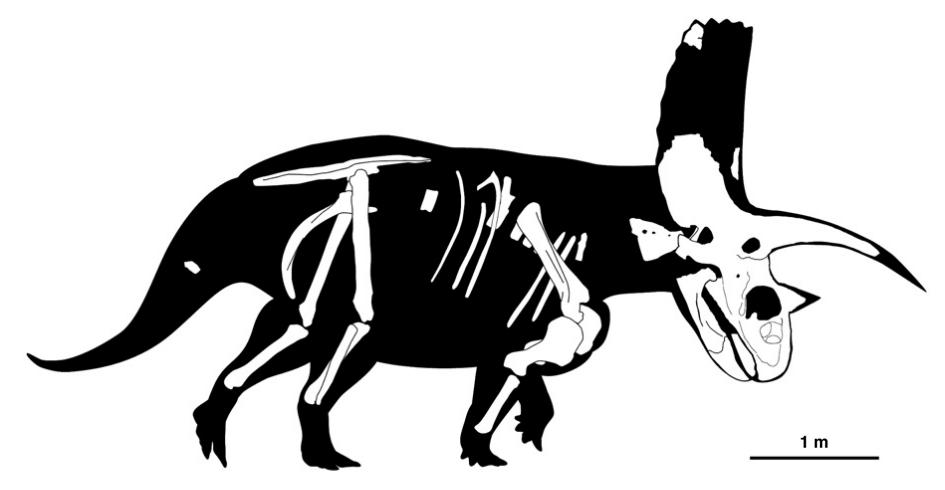 Looks like it was a very sturdy animal, a good indicator for charging behavior. It also looks like it'd be able to effectively fend off predators with those horns, and maybe even stood its ground and fought as opposed to running |
|
|
|
Post by dinosauria101 on Aug 12, 2019 17:45:05 GMT 5
I know this might have a bit of a backwards context in this thread, but it's likely the best place to put this and I'm not sure where else to, so...
I think a good name for a spinosaurid with shark fossils in its stomach could be named 'Sauroselachieversor' (Reptilian shark destroyer)
|
|